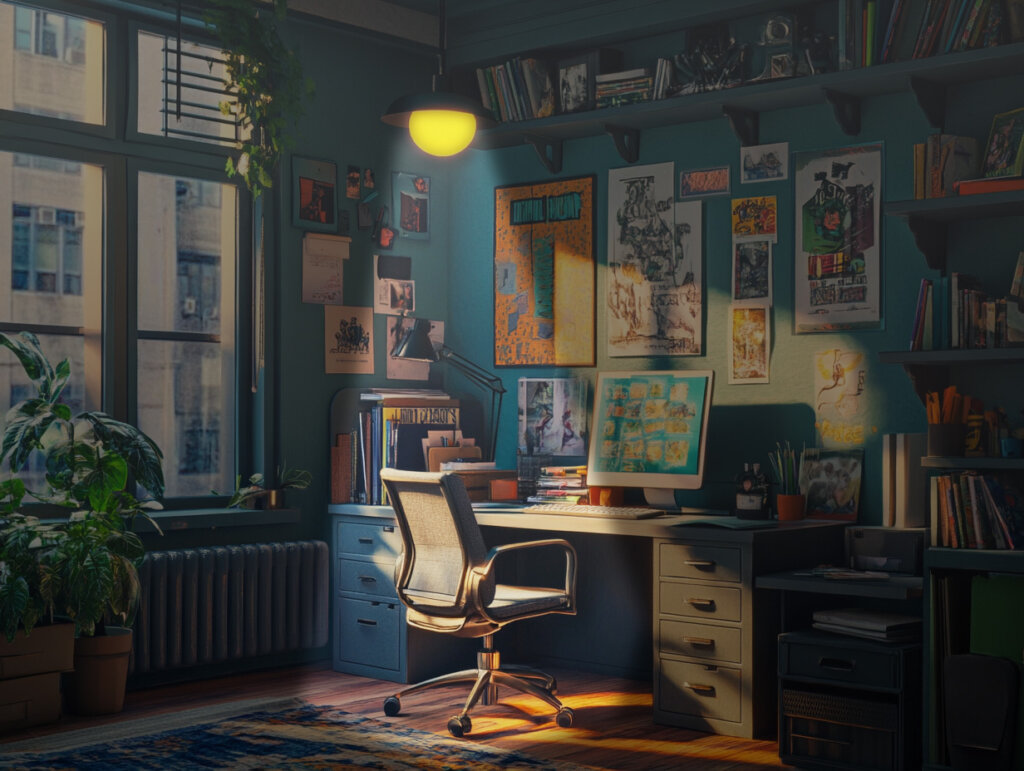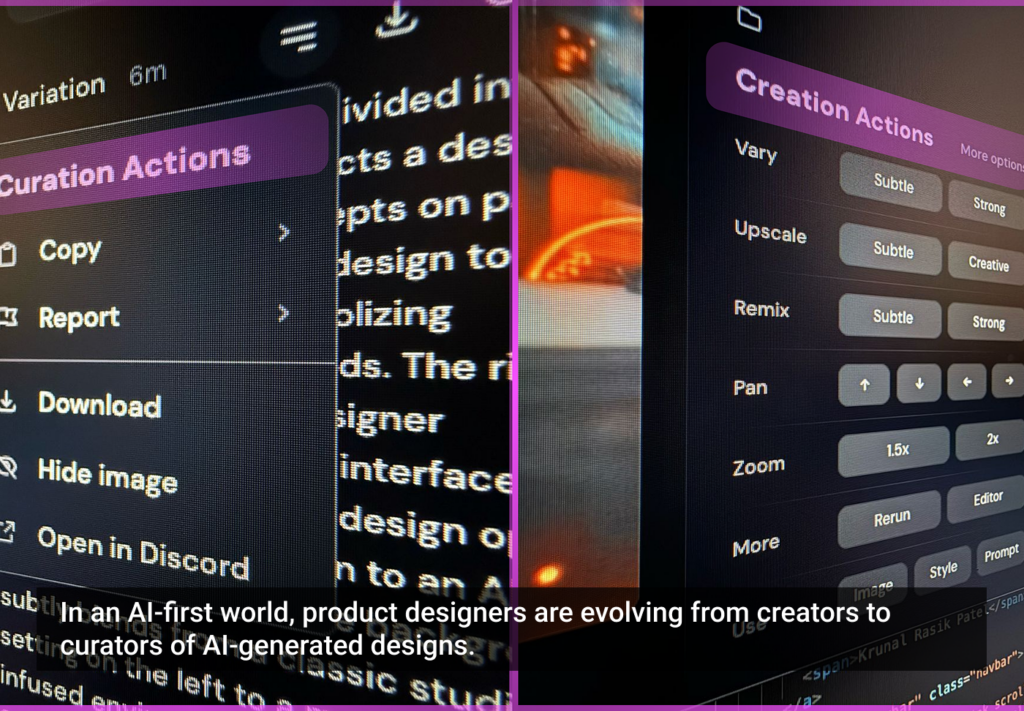“If you want something done right, do it yourself.” Johnson & Johnson may have had these words in mind when establishing their Global Strategic Design Office (GSDO) in an attempt to bring innovation and design work in-house after years of contracting with agencies. They weren’t alone, either; for years now, many of the world’s most innovative companies have invested heavily in internal creative teams. It’s part of a global move toward becoming a design-capable organization, a trend that has been growing for several years now.
Less than a year after its formation, though, GSDO realized it was better off strengthening ties with those agencies — not because they’re fundamentally better at design, but because big, complex projects almost always benefit from internal–external partnerships.
It’s taken a while for the tech press, as well as many companies, to realize this. A wave of agency acquisitions, including Google’s buyout of Mike & Maaike in 2012 and Facebook’s purchase of Hot Studio in 2013, prompted some observers to proclaim the death of the design business. Design, many argued, was too important to be left to outsiders.
In some ways they were right. After all, it’s crucial for design to have a seat at the executive table, and that usually takes lobbying from a strong internal team. That elusive “culture of design” that’s common in innovative organizations is easier to build when you’ve got a continuous creative presence. On a more practical level, the technical challenge of implementing design work means that UX designers are more effective when they have long-term ties to developers. It’s far easier to form these kinds of creative–technical partnerships when both teams work for the same company, and it alleviates many IP worries that agency involvement can bring.
It’s crucial for design to have a seat at the executive table.
But internal teams may lack the clout to effect substantial change, and are often the first to get cut when times get tough. Intel, for example, has created and dissolved design departments several times in the past decade, and Barclays Design Group — one of the best studios in London by many accounts — was dismantled last year due to cutbacks.
Besides being insulated from such instability, an external agency can bring a mix of design ability that would be impractical to maintain indefinitely inside most companies. Gatorade boasts a successful internal design team, but they nevertheless saw value in enlisting external help to tackle a project for the 2014 World Cup. Working together, the different design teams were able to develop an individualized, pod-based, digitally monitored hydration system that’s been embraced by sports teams, and created a new business model in the process. The project leaned heavily on Gatorade’s in-house sports science experience, but it also required expertise in digital UX, industrial design, and service design, as well as multiple rounds of prototyping to get right—all things Gatorade wasn’t equipped to handle alone. They saw the value in employing the right external expertise to bridge physical and digital design, so they engaged a flexible ecosystem of partners to make it happen.
Right about now someone’s thinking, “But what about Apple?” Along with a few other high-profile brands (IKEA comes to mind), Apple is a company with design as its key differentiator. Such companies invest in, and are driven by, design in a way that has transformed their culture. They are able to do everything in-house because their design departments can push decisions at the executive level. For most organizations, though, the key differentiator is R&D, customer service, marketing, or something else entirely. It would be insane to scrap these hard-earned capabilities in favor of design, especially when there’s so much great talent for hire in the agency world.
This is why most design capable companies aren’t design-led, but take a hybrid approach. Procter & Gamble is another example of a company that combines robust internal design chops with long-standing agency relationships. Similarly, Spanish bank BBVA has leveraged in-house and partner design services to great effect, building up a solid UX department and working closely with several design consultancies. “We are looking to partner with companies who are both strategic and can help us implement,” explained Marianna Wickman, BBVA’s former Global Head of UX and Design, “because strategy without implementation is just a nice deck, and implementation without strategy is just plain dangerous.”
If you closely consider those words, the wisdom of the combined approach becomes obvious. Great design — in UX or elsewhere — takes persistence as well as innovation. An internal department defines the organization’s creative culture, advocates for long-term commitment, and learns the messy details of getting design implemented. An external team brings a fresh perspective, a broader range of tools, and the credibility of the outside expert. When the two join together as allies and complements, magic can happen.
For UX agencies and freelancers, taking advantage of this trend means fostering allies within client organizations. In my experience, long-term design collaborations are the result of motivated, influential champions within the company — people who have seen good collaborative design in action. For an agency, it’s essential to find this type of person and do everything possible to make them better at their job. It’s not enough to build relationships; agencies also have to build competence. In the long run, the better an agency’s clients get at design, the better they’ll be at recognizing when the time is right to bring in an ally. And the allies they look to first are the ones who got them where they are today.







